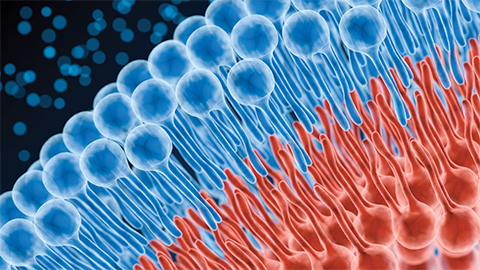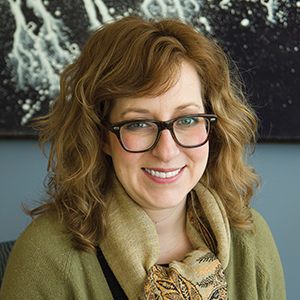JBC launches program
for early-career scientists
The Journal of Biological Chemistry has launched a program designed to involve scientists at early stages of their careers in peer review.
The JBC Early-Career Reviewer Board offers postdoctoral researchers and newly independent investigators a structured path for developing peer-review skills and learning about the scholarly publishing process. In addition, editors said, the program promises to diversify the community of peer reviewers and make use of untapped scientific expertise.
“Peer review is the cornerstone of the trust [scientists] place in each other,” JBC Editor-in-Chief Lila Gierasch of the University of Massachusetts Amherst wrote in a recent editorial. When a research group submits a paper to the JBC, an associate editor shepherds it through the review process. Historically, the associate editor has recruited professors from the journal’s editorial board and, if needed, external specialists to provide expert evaluations of the findings.
Now associate editors have the option of adding an early-career reviewer to that roster of reviewers. All of them will work together to assess the scientific approaches, results and conclusions of each manuscript submitted to the JBC to determine whether it should be published or needs more work. Supplementary evaluations by early-career reviewers will be assessed by associate editors, who will work with the early-career reviewers to hone their recommendations for authors.
“By getting feedback on the clarity of their written reports and advice on the level of detail and emphasis in critiques, the ECRs will gain valuable information about how to constructively participate in the publishing process,” Gierasch wrote.
She emphasized that the initiative will provide emerging scientists with valuable training and provide the journal with fresh and diverse perspectives: “We anticipate that some of our ECRs will go on to serve as full editorial board members, further establishing their credentials as experts in the field.”
Learn more on the JBC ECRs webpage.
Enjoy reading ASBMB Today?
Become a member to receive the print edition four times a year and the digital edition monthly.
Learn moreFeatured jobs
from the ASBMB career center
Get the latest from ASBMB Today
Enter your email address, and we’ll send you a weekly email with recent articles, interviews and more.
Latest in Careers
Careers highlights or most popular articles

Designing life’s building blocks with AI
Tanja Kortemme, a professor at the University of California, San Francisco, will discuss her research using computational biology to engineer proteins at the 2026 ASBMB Annual Meeting.

Upcoming opportunities
#ASBMB26 late-breaking abstract submission opens on December 8. Register by Jan. 15 to get the early rate on our Annual Meeting.

Make your abstract stand out
Ensure your research is impossible to overlook. Get quick, practical reminders for crafting an abstract that attracts readers and helps you build connections at the conference.

Inside industry postdocs
As more Ph.D. scientists look beyond academia, industry postdocs offer a new kind of training, where mentorship meets mission-driven research. Fellows at Pfizer and Genentech share how these programs prepare them to translate discovery into impact.

Upcoming opportunities
The Lipid Research Division Seminar Series returns Oct. 15 with talks on recent advances in triglyceride cycling in adipocytes.

Writing with AI turns chaos into clarity
Associate professor shares how generative AI, used as a creative whiteboard, helps scientists refine ideas, structure complexity and sharpen clarity — transforming the messy process of discovery into compelling science writing.

